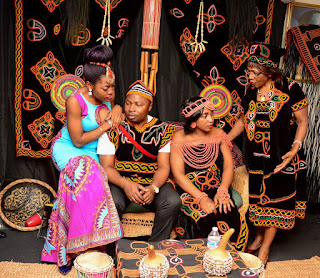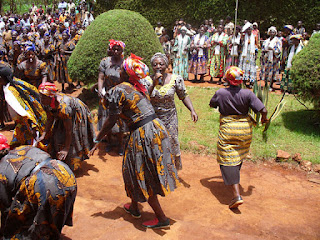Cameroon culture people food and festivals
The different populations of Cameroon can roughly be categorised into groups of the south, west and north.
In the north, the Fulani are dominant (making up around a tenth of Cameroon’s population). Originally cattle herders, most of these Islamic people are no longer nomadic, having settled in one place as farmers and merchants. The Choa,Katoko and Kirdi live in the northernmost regions.
In the western highlands, groups include theBamoun and the Bamiléké. The Bamiléké are particularly known for their farming skills and their spirit-focused traditional religion.
Across the south, groups of Bantu-speakers spread into Cameroon over the centuries. They include the Bassa, Douala, Bakweri, Bantanga, Ewondo andFang, among many others. But the first settlers were the ‘pygmies’, many of whom retain their traditional nomadic lifestyle in the rainforests of the south. Officially known as the Baka (or by the names of other minority ethnic groups such as the BaKola and Bofi) they were called ‘pygmies’ because of their small stature.
Dwelling in the forests, the Bakas and other ‘pygmy’ groups use traditional hunting and gathering methods, living off wild pigs, antelopes and monkeys, and edible plants. Sometimes they trade bushmeat for cultivated crops from farmers outside
the forests. But mostly, the groups live in the forest, moving around and using its resources in a sustainable way. Conservation organisations welcome their presence.
Cameroon has an extremely heterogeneous population, consisting of approximately250 ethnic groups. Cameroon Highlanders constitute the plurality at 38 percent of the total population. They include the Bamileke and the Bamoun.


















No comments:
Post a Comment